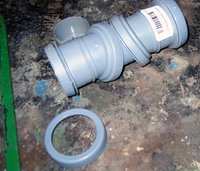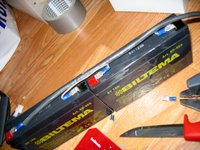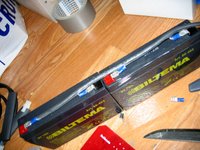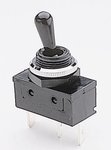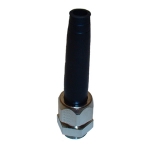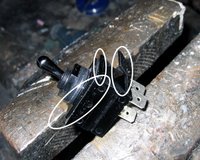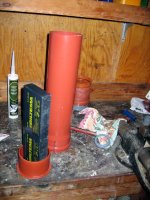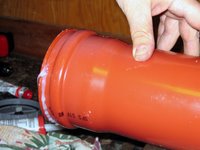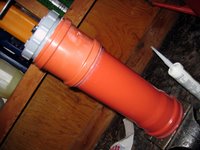Day 4 constructing: Last assembling and "dry" testing...
So.. time for the last assembling of the lamp after letting everything dry for a few days....
First thing to do is to connect the battery inside the canister to the cable and then put the lid on to the canister... First and second picture.... You can aslo see tha lamp-head in these pictures...


Here I have made my own good-man-grip out of half a ice-scraper, red one (yes thats right... I got it from my car... :) which I made some holes in it, cable-collecting black wide strap from IKEA (the one that connects the red ice-scraper with the lamp) and then rubber-band to keep my hand attached to it... see. very simple... ;) and it works really good..



After that I turned it on and it was really shining.... :) But I just had it on for a few seconds at a time... It gets really warm out of the water... I even put the lamp-head in the zink filled with water to try if it was leaking or not and it seemed to work... Tha battery caninster is to big for me to test for leaking in my small 1-room flat... got no bath-tub.. :)
So this week-end coming up I will try it out while diving... It's gonna be really fun to see how it works.... If it keep water out and so on... I will get back with photos from my "virgin" dive with the lamp... :)
Wish me luck...

